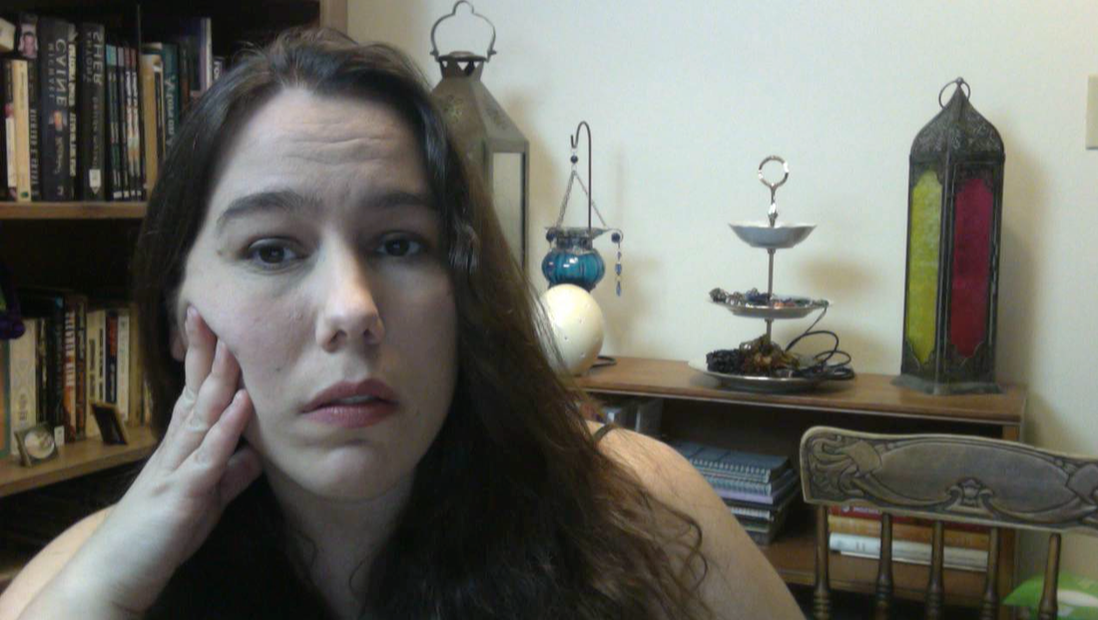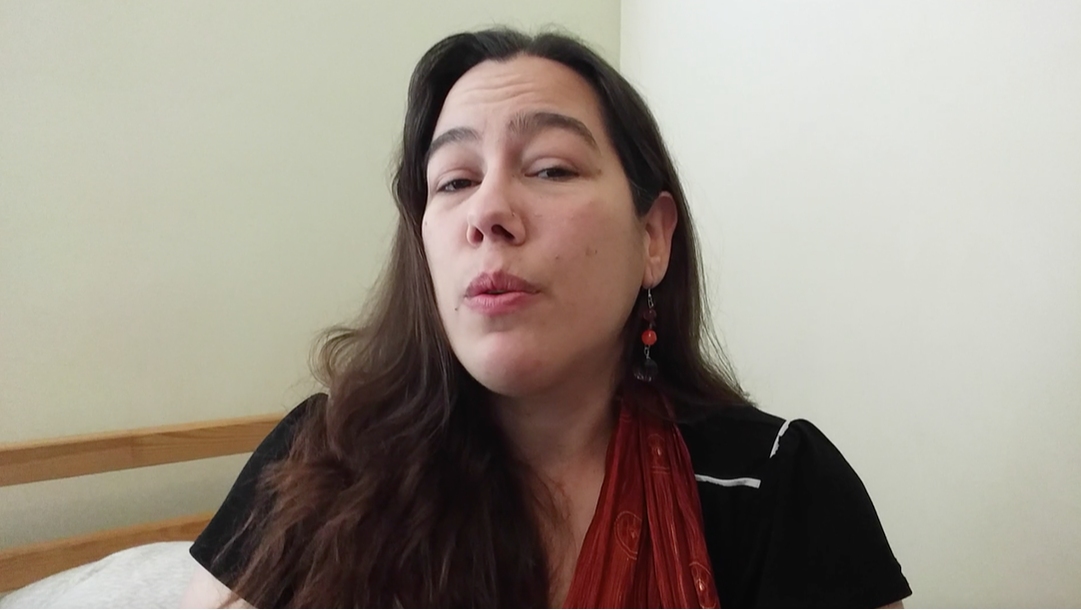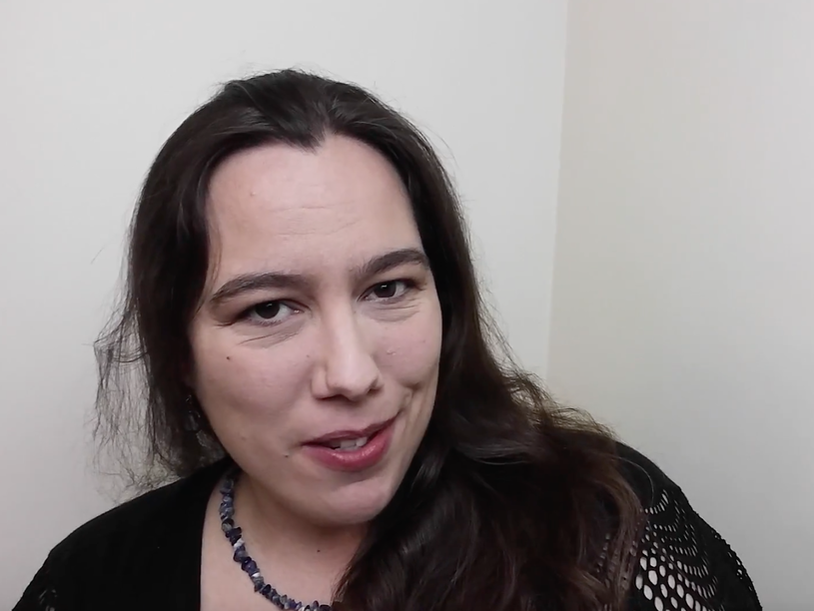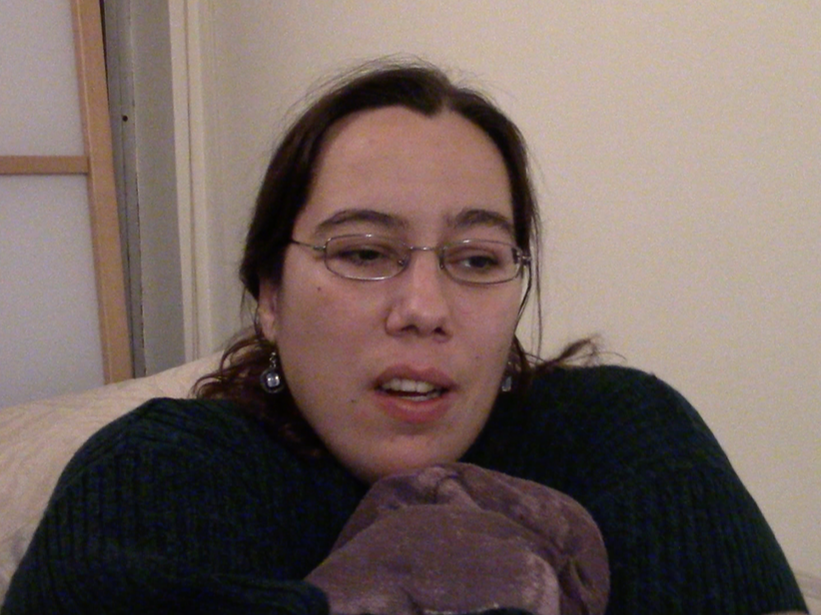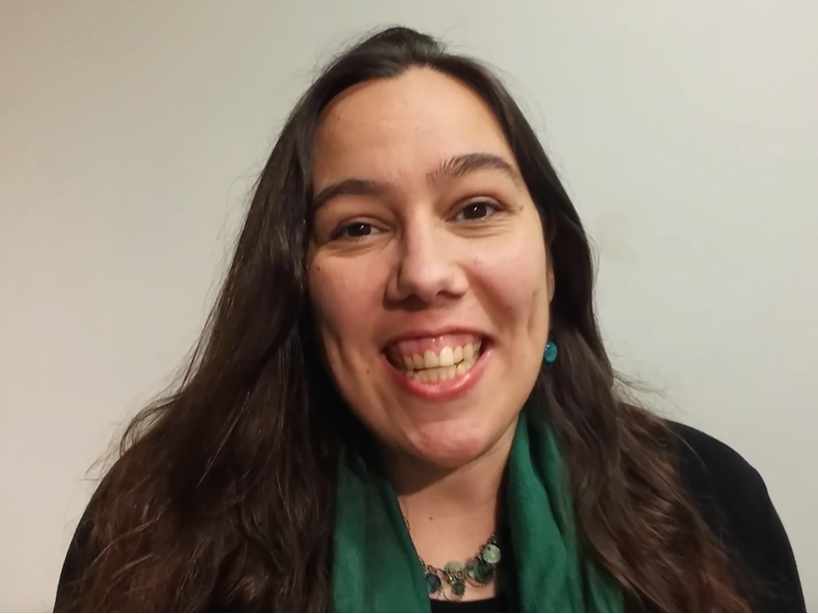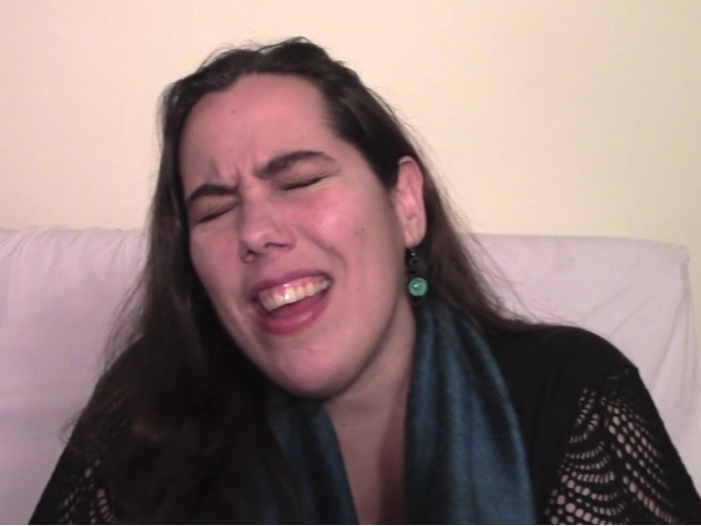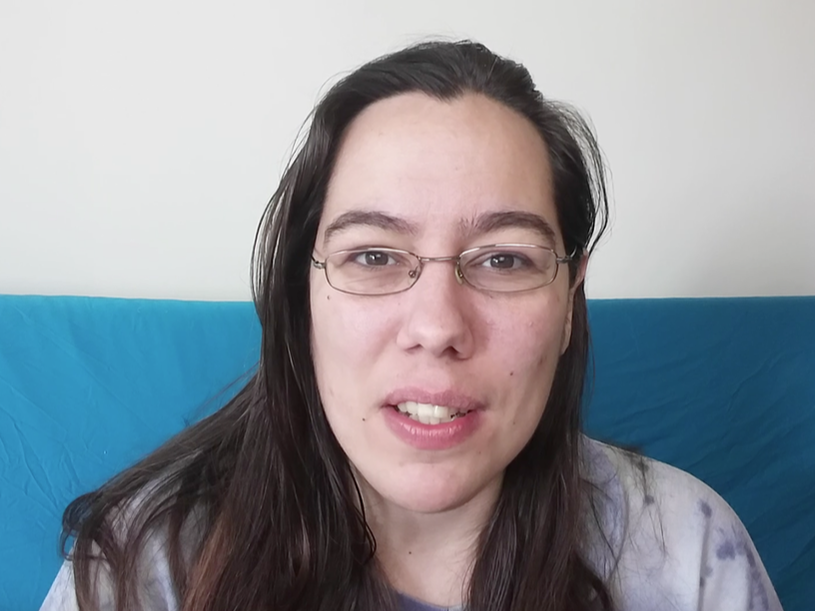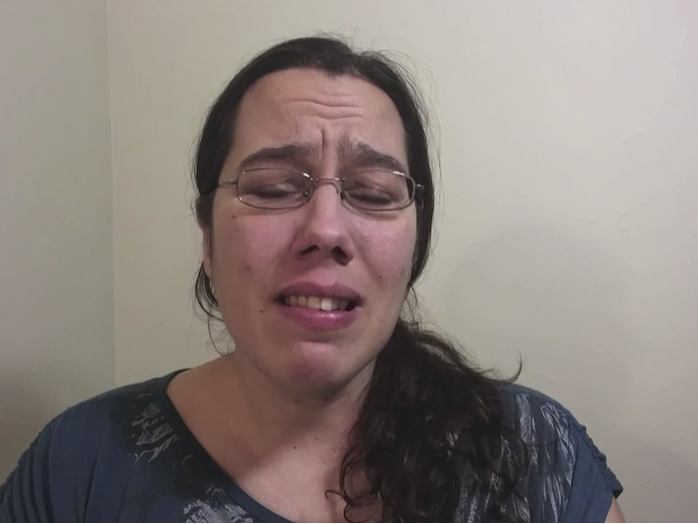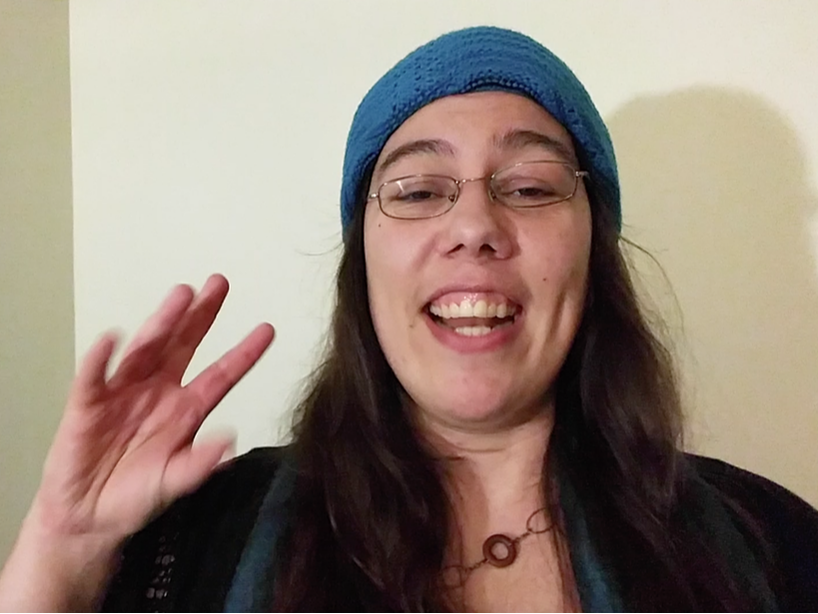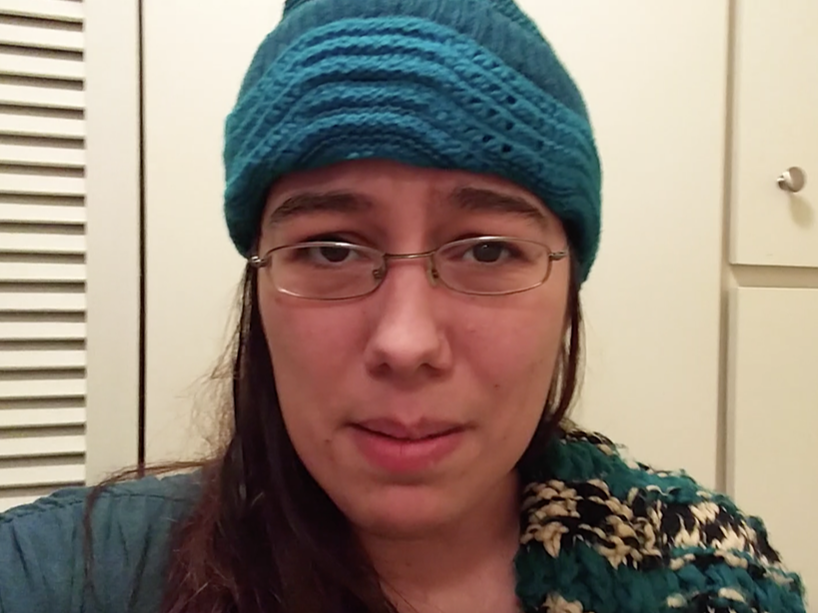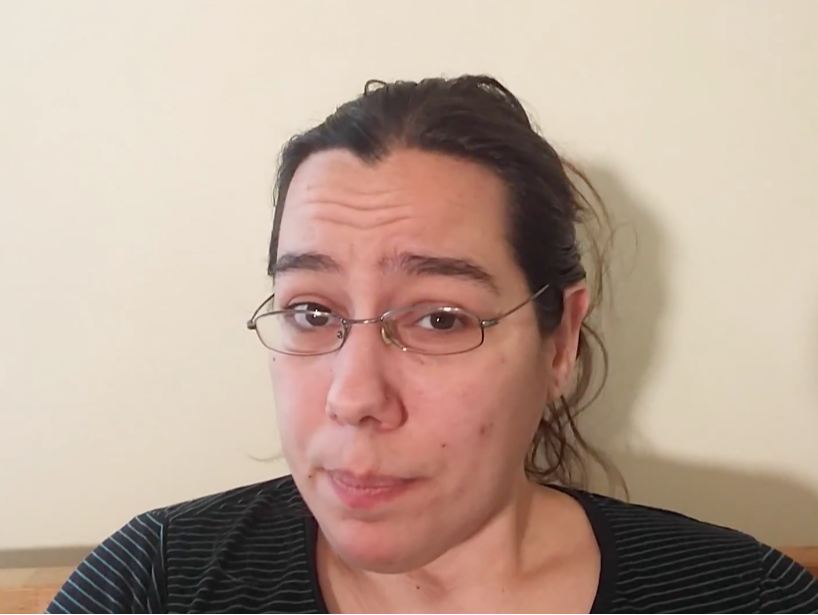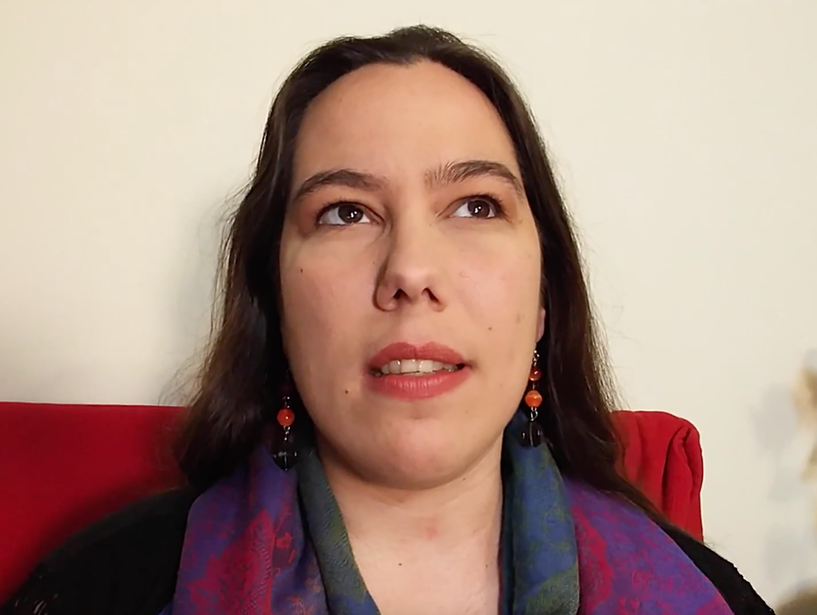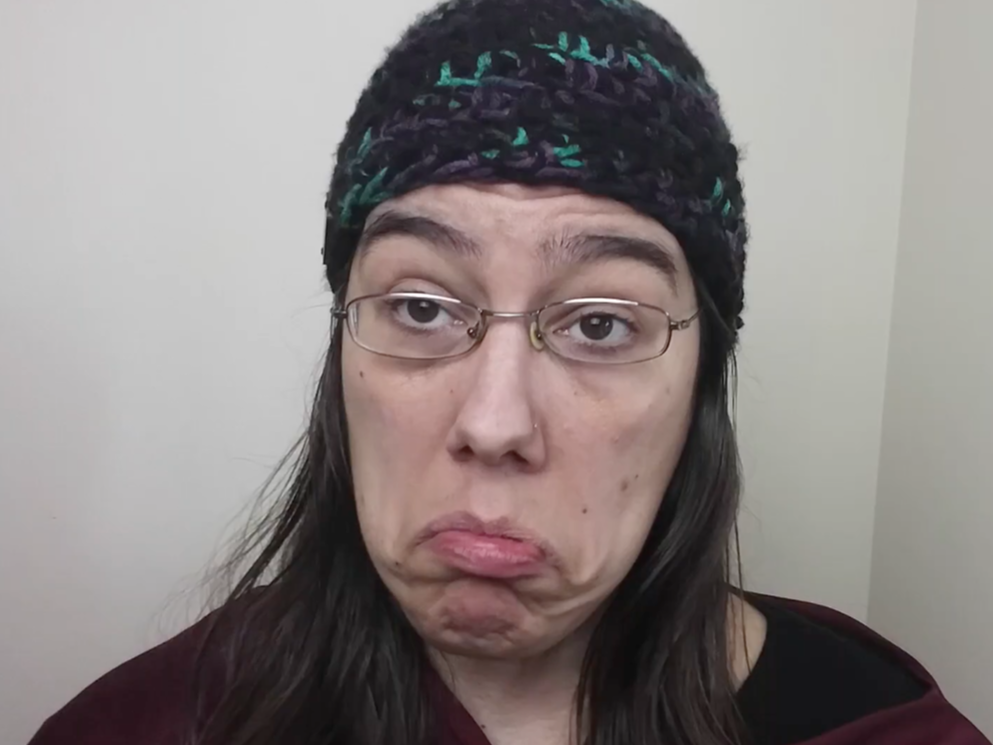The Inspired Speaker Academy
Video Journal Exercise
Change Your Relationship With Your Camera - Forever!
Before you can be "on brand" or professional or eloquent, you need to build a bedrock of authenticity. If you don't know how to be simple and real on camera, nothing you build later will ever feel authentically you, no matter what bells and whistles you add.
In order to achieve this level of ease, you have to do something uncomfortable. You don't have to share it with the world but you do have to do it full commitment - no excuses, no half-measures.
Once you have mastered the intimacy of the video journal I'll give you some extra steps, but first . . .
STEP ONE: Record a purely vulnerable video journal every day for 30 days.
Before you can be "on brand" or professional or eloquent, you need to build a bedrock of authenticity. If you don't know how to be simple and real on camera, nothing you build later will ever feel authentically you, no matter what bells and whistles you add.
In order to achieve this level of ease, you have to do something uncomfortable. You don't have to share it with the world but you do have to do it full commitment - no excuses, no half-measures.
Once you have mastered the intimacy of the video journal I'll give you some extra steps, but first . . .
STEP ONE: Record a purely vulnerable video journal every day for 30 days.
This exercise was inspired by the Morning Pages, from Julia Cameron's book The Artist's Way. I adapted it to help me figure out how to be more real, authentic, and relaxed on camera.
The purpose of this journal is to develop a relationship with the lens. Believe me, after 100 days of video journalling, my camera now feels like a cross between my therapist and my best friend. I've included some stills from my experience here so you can see the process.
It will be tempting to multitask and use Step One as a rehearsal tool or to improve your camera skills or edit the way you speak...
DO NOT SKIP STEP ONE!
Steps two, three, and four have been designed to help you improve your rehearsal techniques, your tech, and all that fun stuff. Do not skip the simple vulnerability and exploration of yourself of step one.
Especially if you have made videos before you may feel like you are "real enough" on video. If you skip step one you can become good and competent at being on video, but you will never be exceptional until you have explored your full vulnerable self in step one.
It's not enough to just talk to your camera every day. There are a few things you need to do if you want the exercise to work its magic. . .
The purpose of this journal is to develop a relationship with the lens. Believe me, after 100 days of video journalling, my camera now feels like a cross between my therapist and my best friend. I've included some stills from my experience here so you can see the process.
It will be tempting to multitask and use Step One as a rehearsal tool or to improve your camera skills or edit the way you speak...
DO NOT SKIP STEP ONE!
Steps two, three, and four have been designed to help you improve your rehearsal techniques, your tech, and all that fun stuff. Do not skip the simple vulnerability and exploration of yourself of step one.
Especially if you have made videos before you may feel like you are "real enough" on video. If you skip step one you can become good and competent at being on video, but you will never be exceptional until you have explored your full vulnerable self in step one.
It's not enough to just talk to your camera every day. There are a few things you need to do if you want the exercise to work its magic. . .
Spend 10 consecutive minutes in front of the camera every day: be as real and intimate as you possibly can be. Don't stop and start. Once you're recording, keep going until you're done, no matter what happens. This is about learning a new process, a new way of doing things - don't even think about the result yet. The purpose of this exercise is not to be eloquent or professional: that comes later. First, you need to experience being simply un-self-consciously you.
Don't worry too much about lights, or framing, or sound. As long as you're in shot it's fine. Don't experiment with content ideas. Don't plan it. Don't share it with anyone. Film it alone. This is personal, it's just for you, like writing in a journal would be. No-one else should ever see this.
Avoid the temptation to list what happened that day: this is supposed to be an intimate journal of your innermost thoughts and feelings. Get as close to a stream of consciousness and embodied honesty as you can. Drop in to your feelings: physical and emotional. Turn your viewfinder around so you can't see yourself. You don't need to speak the whole time, but don't multitask and don't ignore the camera lens. Look at the lens, through it, down it and into your soul. Have a relationship with the camera, and be as present with it and yourself as humanly possible. Feel naked. Feel exposed. If it's super-squirmy-uncomfortable, then you're probably doing it right.
You do have to press record. Keep the recordings because you will need them later for step 2 and 3, but again, only for you. Don't show them to anyone, just don't delete them and don't watch them.
Need an example?
When I did this exercise for the first time in 2017, as a 100 day video journal challenge, I went through my videos after recording and picked out the bits I thought were OK to share: I wanted to inspire others to do this powerful exercise with me.
PLEASE NOTE: I chose to share a few small pieces from my 10 minute video journal with the world as an example so you can understand the exercise. Your video journal is supposed to be private. I would recommend AGAINST making even parts of your public. You have to KNOW that no-one will see it in order for it to work.
You can view the full playlist here:
https://www.youtube.com/playlist?list=PLJfpti7Mokk3UD1fs-ojG2EWvEUu5VNkh
Continue with STEP ONE every day for at least a month to ensure you have:
a) given yourself enough time to fully relax and become unselfconscious in front of the camera
b) caught yourself in every mood: good, bad, high and low energy - make sure you cover all the aspects of your quirky self!
Not sure you're doing it right? Book a call with me at calendly.com/daniellebenzon/15min or email me [email protected]
STEP TWO:
Start watching your videos back and get a sense of who you are on camera. How can you be more real? Where and how are you holding back? Don't fix things like ums and ahs or gestures yet, look purely for authenticity and fullness of self.
STEP THREE:
ONLY when you feel like you are truly being you and the best most quirky honest real version of you on camera THEN you can start playing with lighting and sound and fixing bad habits that you've noticed. What are your crutch words? Which framing suits you best? All that stuff.
STEP FOUR:
When you feel effortlessly real and you're comfortable with your frame and speaking off the cuff, THEN you can practice planning content. Don't over-plan. To start, just natter on to yourself about what you want to talk about and then experiment with napkin planning and organic rehearsal techniques instead of scripting. If you get stuck here, talk to me about my course Prep for Success Talk Creation where I cover in detail how to turn an idea into a video or talk without writing it down or memorizing.
Ready for more? Check out my Camera Confidence Online Course in my Speaker's Training Portal.
a) given yourself enough time to fully relax and become unselfconscious in front of the camera
b) caught yourself in every mood: good, bad, high and low energy - make sure you cover all the aspects of your quirky self!
Not sure you're doing it right? Book a call with me at calendly.com/daniellebenzon/15min or email me [email protected]
STEP TWO:
Start watching your videos back and get a sense of who you are on camera. How can you be more real? Where and how are you holding back? Don't fix things like ums and ahs or gestures yet, look purely for authenticity and fullness of self.
STEP THREE:
ONLY when you feel like you are truly being you and the best most quirky honest real version of you on camera THEN you can start playing with lighting and sound and fixing bad habits that you've noticed. What are your crutch words? Which framing suits you best? All that stuff.
STEP FOUR:
When you feel effortlessly real and you're comfortable with your frame and speaking off the cuff, THEN you can practice planning content. Don't over-plan. To start, just natter on to yourself about what you want to talk about and then experiment with napkin planning and organic rehearsal techniques instead of scripting. If you get stuck here, talk to me about my course Prep for Success Talk Creation where I cover in detail how to turn an idea into a video or talk without writing it down or memorizing.
Ready for more? Check out my Camera Confidence Online Course in my Speaker's Training Portal.
Proudly powered by Weebly
